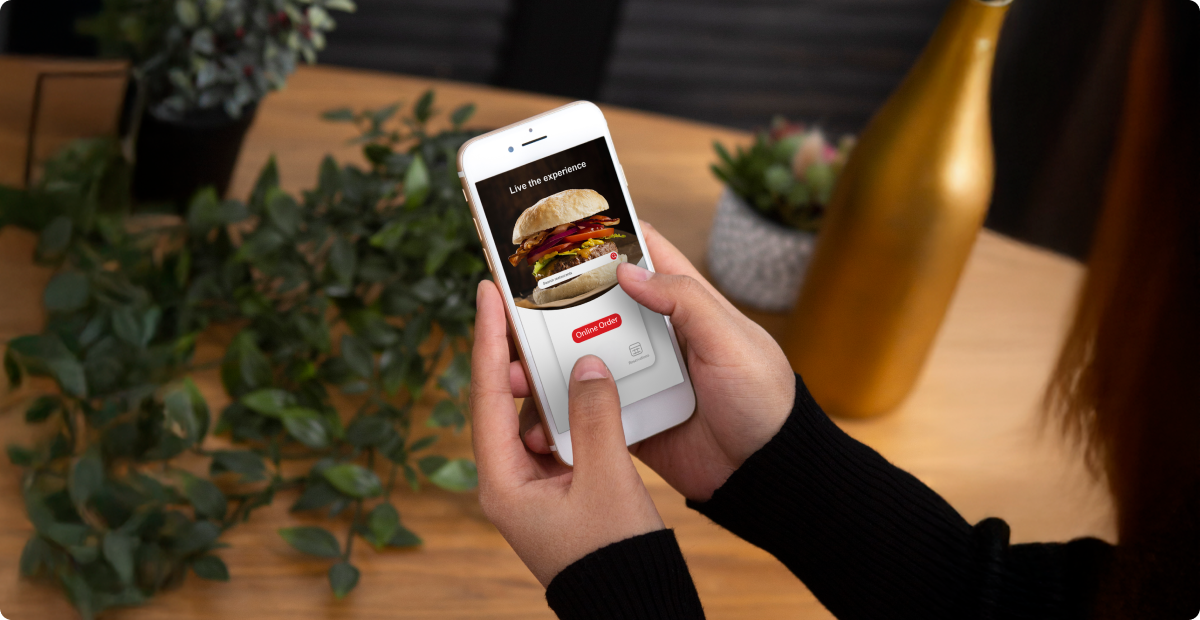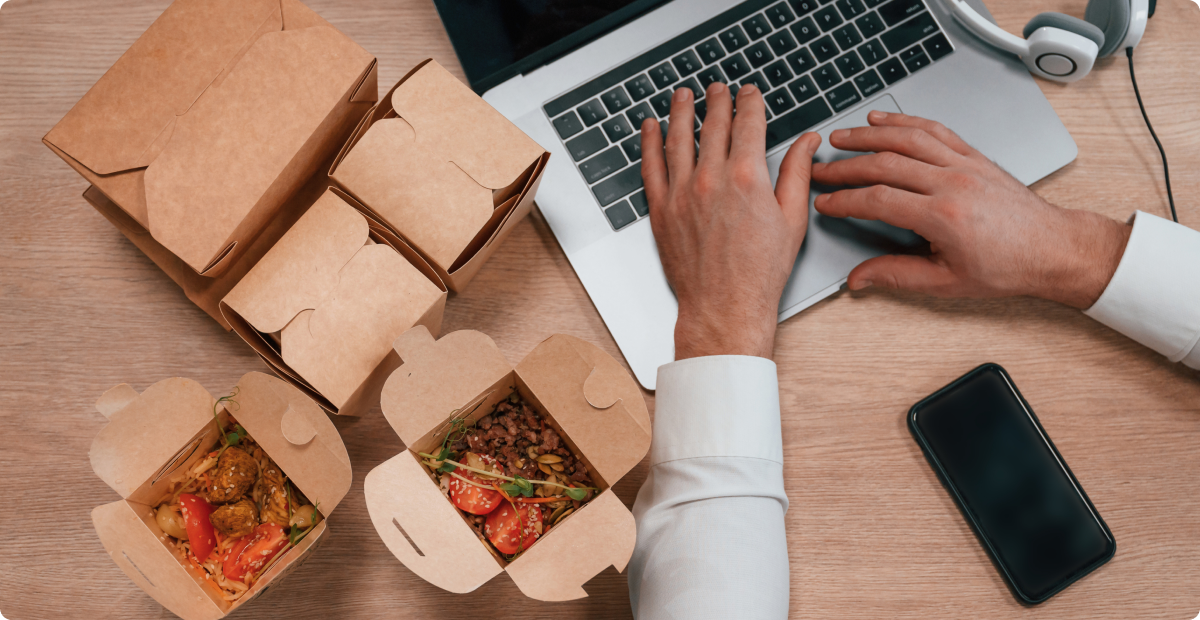Key Takeaways
If the coronavirus pandemic has taught us anything, it’s this—online ordering is the way of the future. As dining rooms shuttered left, right and center in the wake of the unprecedented health crisis losing months of revenue in the process, there are still operators who have not only survived but thrived in this new reality.
How did they do this?
Simply by thinking on their feet and shifting their core business to online ordering and takeaways.
Despite the current disruption, the total value of online food deliveries expected in 2020 in the US is $26.5 billion. And according to Google’s internal data, searches for ‘food delivery services’ have grown 300% during the lockdown.
The fact that more and more customers are now “adopting and intensifying” digital behaviors, as reported by McKinsey, is further fuelling the demand for online ordering.
Even before the pandemic, one-third of Americans considered restaurant delivery and takeout as an essential part of their lifestyle. In light of the new norms brought on by the present conditions, this number is set to see an exponential rise. So are you prepared to tackle the ‘next normal’?
For those who aren’t well-versed with online ordering services, it can seem daunting at first. But in reality, it only takes a few basic measures to make this transition as smooth as possible. Here’s a list of tips to help you effectively launch your own delivery and takeaway.
Choose the right partner
The first and most important step is to partner with the right company, who will ensure a smooth passage from offline to online services. Consider this a marriage of sorts. It’s always better to know your partner’s ins and outs before taking that big leap just like you would in a marriage, after all, choosing the right online ordering partner is a life-long commitment.
There’s some intense introspection required for this, as well some critical questions to ask yourself — what features do you need, can you integrate your current POS with the online restaurant ordering system, what marketing tools are you being offered, are there hidden charges etc.
Another often overlooked, but equally important question to ask is, will the service provider go above and beyond in helping you out in times of need? In this very spirit, Restolabs has been offering two months free subscription at just $149 set-up fee so restaurants don't feel the financial burden during the COVID-19 pandemic.
Organize your staff
For your delivery and takeaway services to function efficiently, your staff must be up to the task. In some cases, you might even need to assign a dedicated kitchen line staff just for delivery. Often when smaller restaurants transition to online services, they neglect the fact that their daily order volumes is now going to increase. This unpreparedness can sometimes lead to disastrous consequences.
Efficient staff scheduling is key to ensuring a streamlined and productive workflow.
On the other hand, you also have to figure out in advance who your delivery personnel is going to be. Will you have a full-time employee or part-time drivers? Another option is to partner with delivery companies like Postmates. Make sure the delivery personnel are well-informed about your food and brand so that they can answer all queries and concerns posed by customers, should know how to handle packaged food carefully, and also be trained in contactless and safe deliveries.
Redesign your menu
If fried calamari is your restaurant’s star dish, don’t be under the assumption that it will receive the same adulation when customers order the dish online. First of all fried items tend to be soggy on arrival and they lose most of their crispness. Secondly, calamari gets all chewy within a short span in a packaging box. The bottom line is, not all foods are meant for deliveries and takeaways.
So no matter how popular a dish is in your dining room, you should still give it a second thought before placing it on your delivery menu. Consider whether the food packages well and does not leak or drip, temperature and freshness is maintained and the presentation stays intact right from your kitchen to the customer’s door.
From an economic point of view, you should pick items that do not take up a lot of time for preparation and packaging. And also adjust the price points to cover all the extra cost of delivery.
Get your packaging right
Among the most basic, but most ignored aspects when transitioning to delivery and takeaways is the packaging. For many, this is almost an afterthought. But it really shouldn’t be because the packaging is central to the delivery and a lot of thought must be put into it.
In today’s scenario, sustainability has become a primary concern for all customers. They not only expect but assume that brands follow the same ethos. So imagine the disappointment when a customer receives his food, no matter how delicious, in a styrofoam packet with plastic cutleries!
To reduce your environmental impact and gain your customers’ trust, opt for reusable and plant-based compostable packaging, which aren’t as expensive as one might think. You might also want to pick designs that are versatile to suit a wide variety of meals. This article here will help you design cost-effective, attractive, and environment-friendly packaging.
Get the word out
What’s the first thing that you do to let your customers know you are offering delivery and takeaways now? Shout it from the rooftops of course! Well not literally, but getting the word out thought every channel, whether its social media, emails, websites, and even offline promotions, should get the job done.
But remember, when we say ‘get the word out’ we don’t just mean announcing your new delivery offerings. The current crisis has made it more necessary than ever for restaurants to be transparent with their customers. So you should unitize all resources at hand to communicate all the essential information that your customer would be keen to know, such as how are you maintaining required safety standards in the kitchen and during delivery, are you providing alternative options like contactless deliveries, are you using tamper-proof and sustainable packaging, what safe payment methods are available to customers etc.
If you’d like to know more about how Restolabs has helped several independent restaurants make the shift to online ordering, you can read our client case studies. And our doors are always open for any questions and information.
Frequently Asked Questions


.gif)





.png)
.png)

